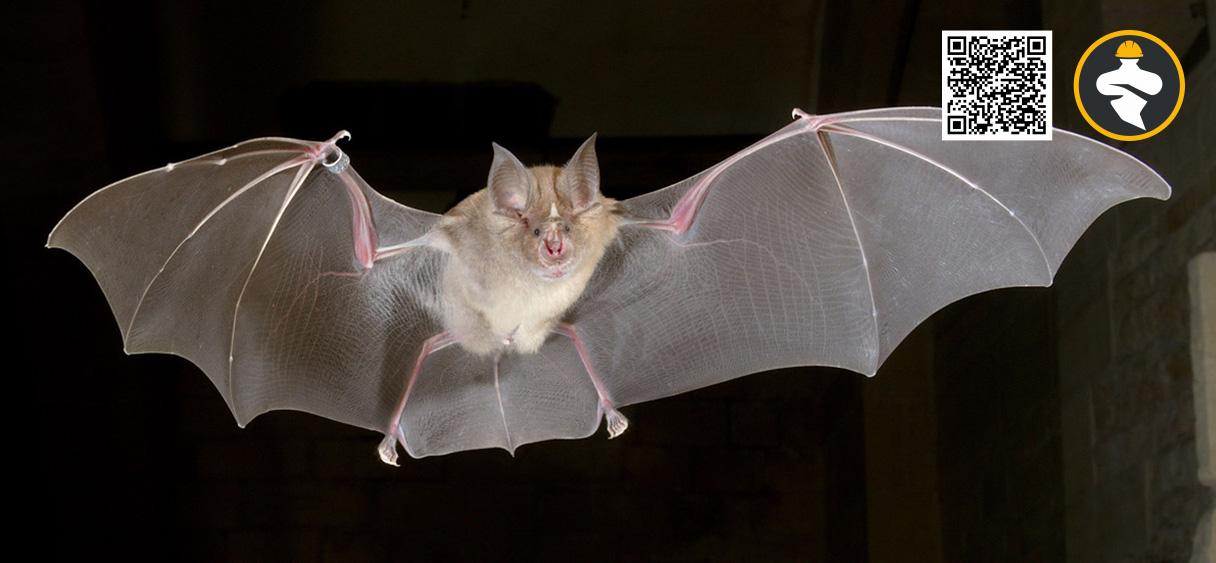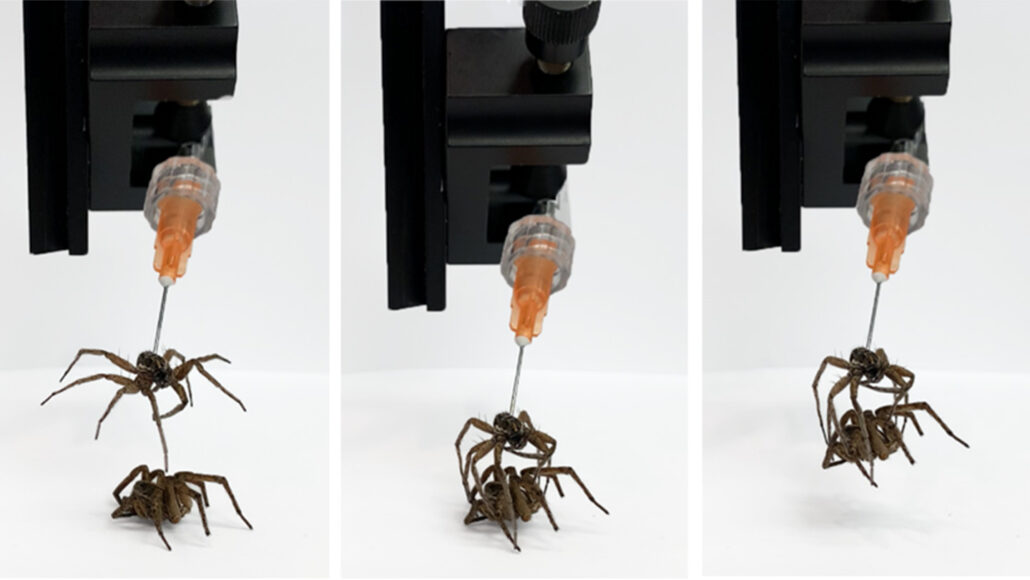Bats are infamous for harboring more viruses that are harmful to people but not to themselves when compared to other mammals. Several scientists believe the coronavirus SARS-CoV-2 jumped from bats into people, either directly or through an intermediary host, which is an abnormality that has gained additional attention after COVID-19 broke out in humans. A research team has reported that it has converted adult bat cells into adaptable stem cells that can be encouraged to form a variety of tissue types. The team’s goal was to produce enormous amounts of bat tissue to aid in the investigation of why the flying mammals are so virus-friendly.
The discovery, which is detailed in today’s issue of Cell, excites many experts on bats. According to Linfa Wang, a bat coronavirus researcher at the Duke-NUS Medical School in Singapore, “the impact will be immense!” if the work in this publication can be (simply) replicated in other groups with different bat species. Early research on the stem cells of bats also suggests that rather than just tolerating viruses, the animals may actually allow them to remain active, perhaps because doing so benefits the hosts.
The new work dates from the early months of 2020. Thomas Zwaka, a stem cell researcher at the Icahn School of Medicine at Mount Sinai, became intrigued by the query of why bats carry so many viruses that can harm humans as the COVID-19 pandemic began. Finding bat samples to study in the lab has proven to be challenging for academics looking into this issue. Even with a breeding colony [like the one our team has], Wang notes that it is difficult to obtain enough bat cells consistently and reproducibly for several types of research.
Zwaka sought to circumvent this challenge by developing bat stem cells that could be stored in a lab and differentiated into particular tissue types as required. Although several researchers have claimed to have done this in the past, the work had never been verified.
Zwaka initially had to figure out how to have some bat tissue transported to his lab because COVID-19 had shut down much of the planet. When Zwaka finally persuaded Javier Juste, an evolutionary scientist at the Spanish National Research Council, to send him some samples from a colony of larger horseshoe bats he was researching in Seville, Juste finally consented to do so. Juste prepared the bat samples at the Madrid airport shortly before they were loaded onto one of the few aircraft still flying across the Atlantic Ocean in order to have fresh tissue that might withstand the lengthy voyage. Then, in his laboratory in New York City, Zwaka attempted to revert adult mammalian cells to an earlier, stem cell-like condition using a technique created by Japanese researcher Shinya Yamanaka in 2006.
Zwaka and his colleagues eventually discovered a set of variables that worked after months of tinkering with the method. They appeared to be pluripotent cells according to a number of assays, including the differentiation of the converted bat cells into several cell types. The method was subsequently performed with cells from a different species of bat, the greater mouse-eared bat, with comparable outcomes. The two bats have evolved separately, according to Zwaka. This demonstrated to us that our approach likely functions with a wide variety of bats.
Zwaka’s team discovered something intriguing while examining these cells. The genomes of human or mouse cells can contain versions of some viruses’ genes, and these viral sequences can occasionally reawaken in pluripotent cells. In addition, many active variants of these viral sequences—as well as some of the proteins that these sequences produce—were discovered when Zwaka and colleagues searched the bat iPS cells for remains of these viral sequences.
Zwaka asserts that bats do not constrain these active sequences since their reproduction may serve as a defense mechanism against other viruses or as a form of self-vaccination. “It’s just striking how many of these virus sequences there are,” he says.
Some bat researchers advise that this is still only conjecture at this time. Although it is difficult to confirm, Wang notes that scientists have previously argued that viruses and bats share a symbiotic relationship.
Indeed, according to Kevin Olival, a bat researcher at the EcoHealth Alliance, a nonprofit organization with headquarters in New York City, the data in the new Cell paper are insufficient to draw any conclusions about the unique characteristics of bat stem cells in handling integrated, or endogenous, viral sequences. But, he believes that using the new stem cell approach, it will be possible to undertake sequence-hunting research on a variety of other mammals “and discover if bats really are above average in this regard.”
Bat researchers, meantime, are ecstatic to have a method for producing bat iPS cells at last. The use of these pluripotent cells is already being discussed by Vincent Munster’s team at the National Institute of Allergy and Infectious Diseases in the United States. Jacob Hanna, a stem cell expert at the Weizmann Institute of Science, adds, “This is a fantastic article. Without a doubt, this platform will be widely used.
Reference: KAI KUPFERSCHMIDT @ science.org, doi: 10.1126/science.adh2730












